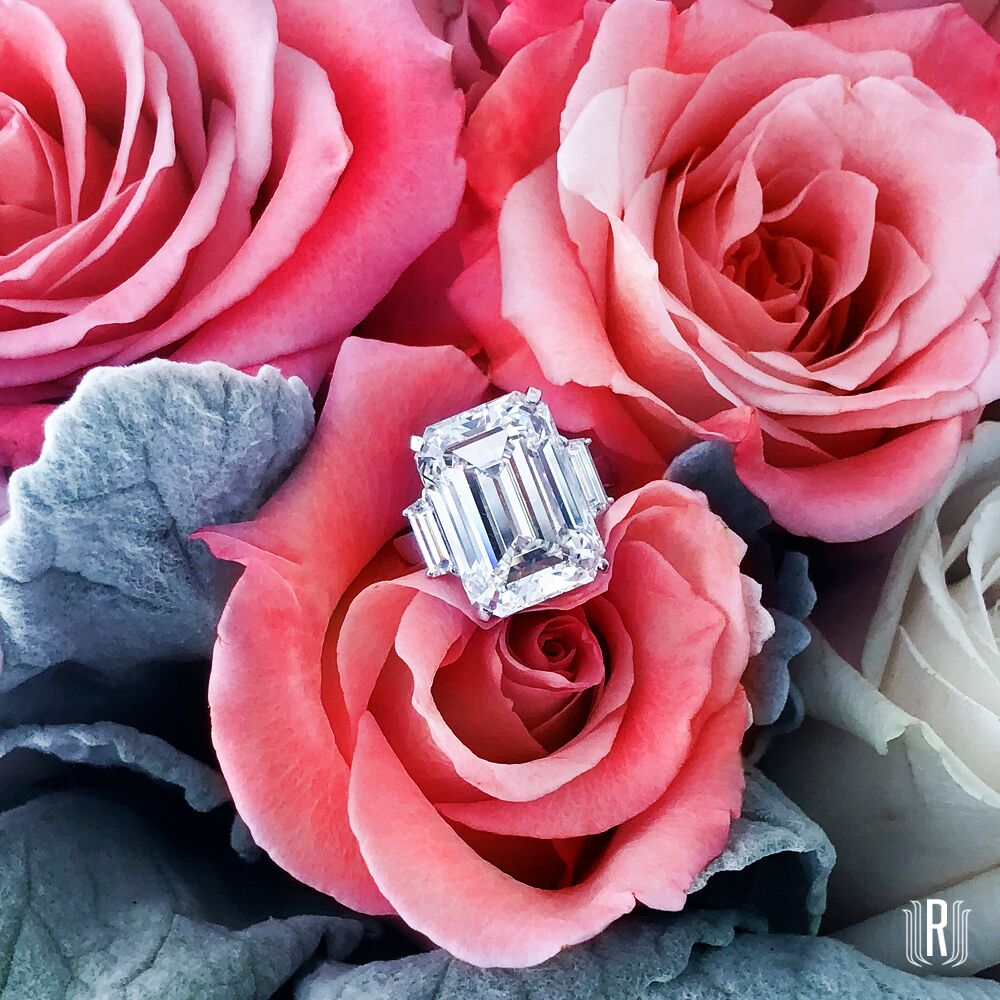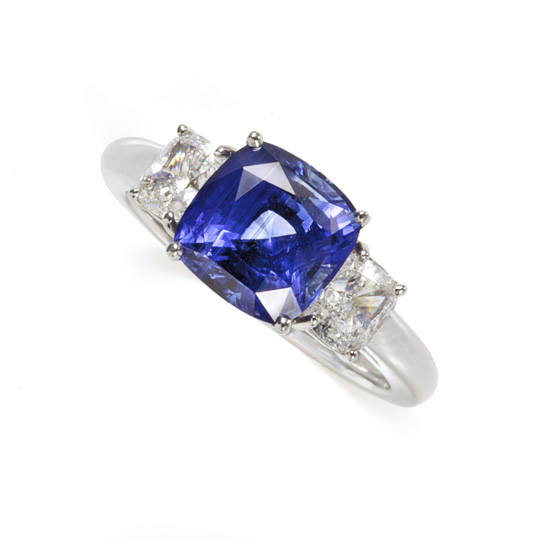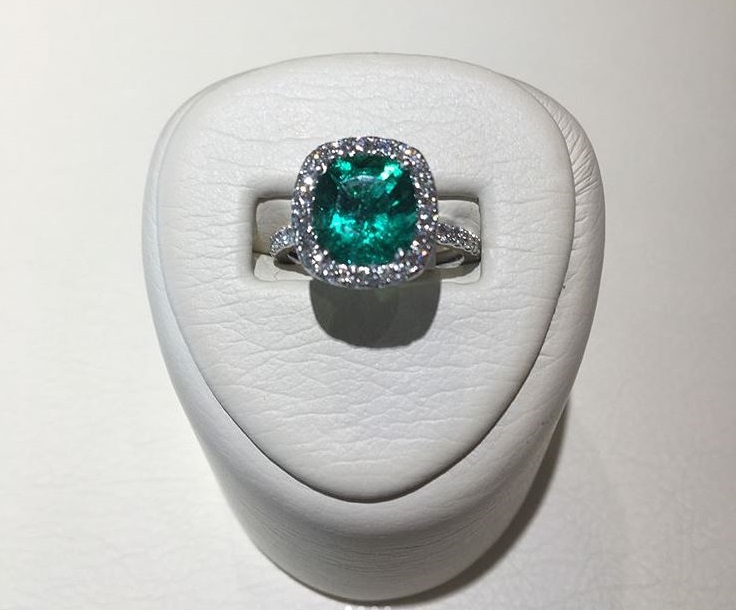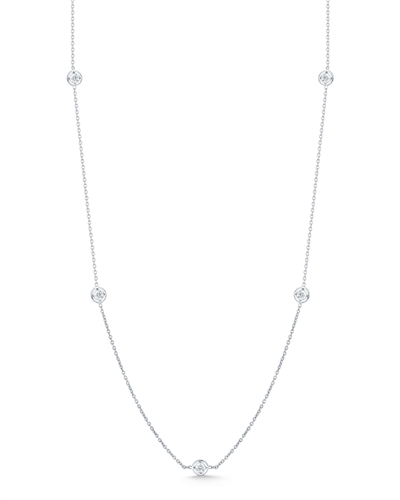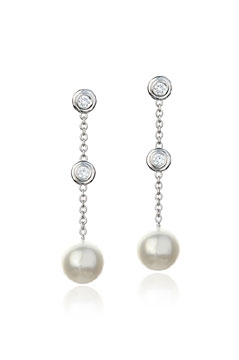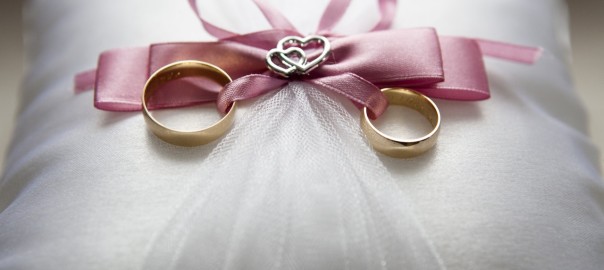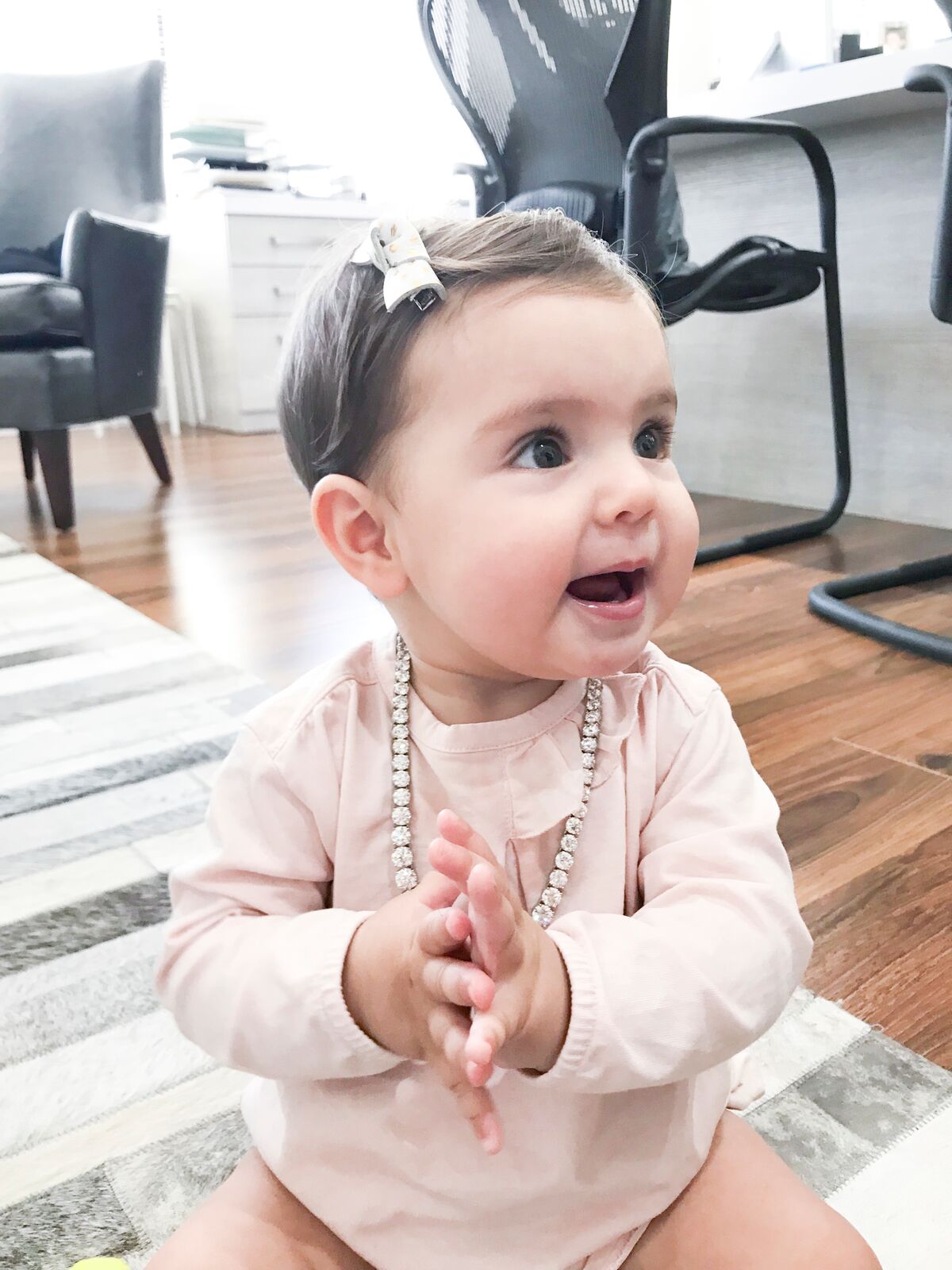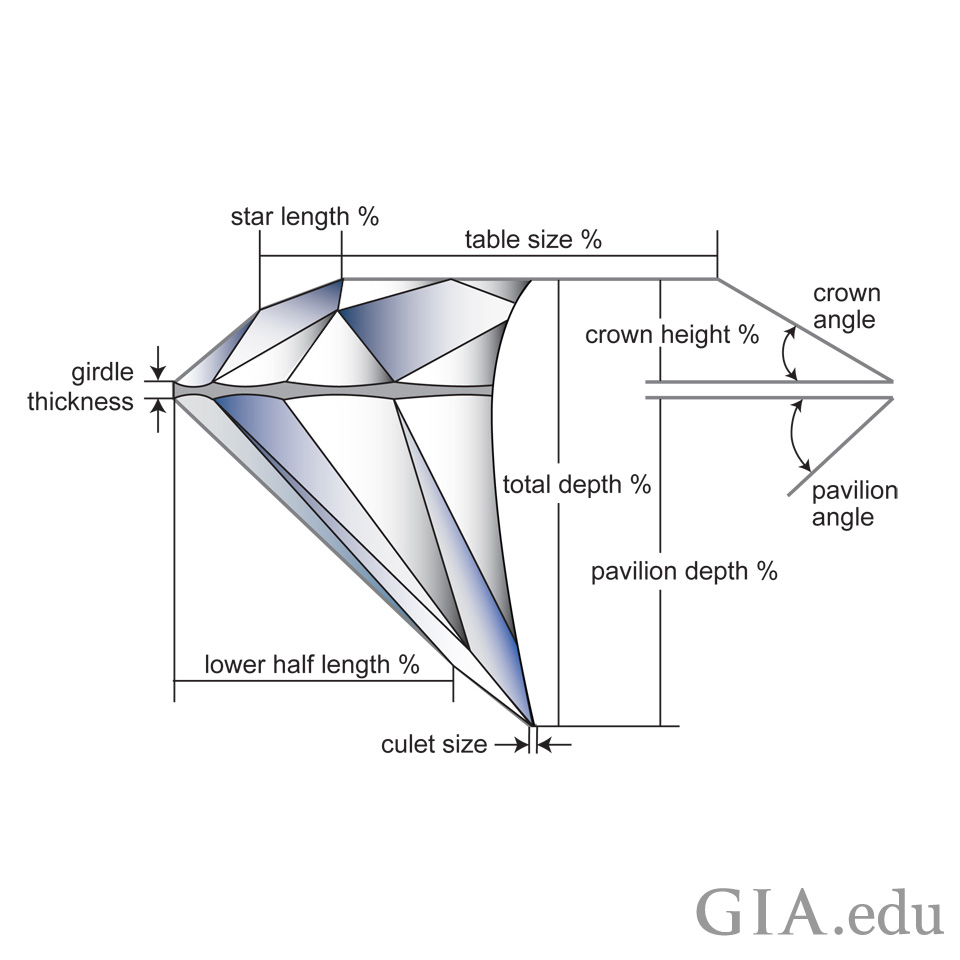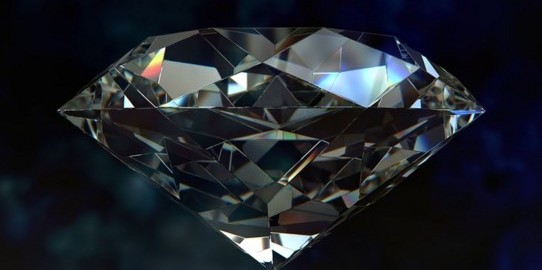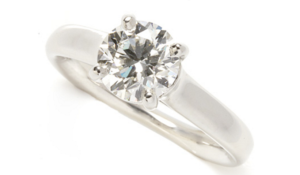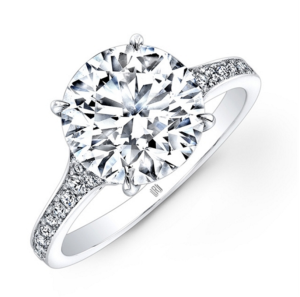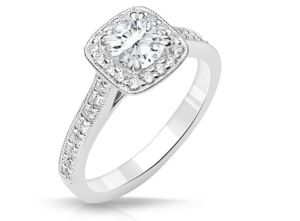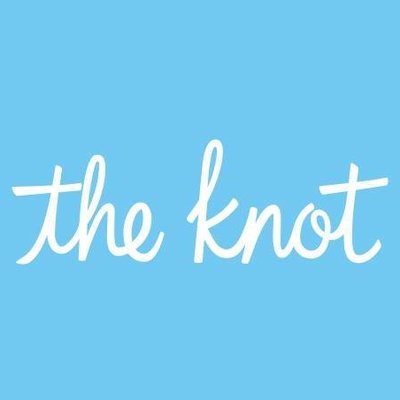Buying An Engagement Ring

Buying an engagement ring can seem like a scary experience. It doesn’t have to be! Before you go buying an engagement ring, the experts at Schwanke-Kasten Jewelers recommend considering the following:
Buying an Engagement Ring – Budget
Budget: The golden rule has always been two month’s salary. However, we believe that you should set aside a budget that won’t leave you dead broke. We recommend setting an honest budget with the forethought that engagement rings are expensive.
Learn the 4C’s:
- Carat Weight – This is the size of the diamond (or another precious gemstone). If your finance wants a big stone but your budget is limited, ask for a stone with a large table. While this will affect the brilliance and fire of the stone, it will make it appear larger. If you want a beautiful stone and size isn’t the issue but the budget is. Select stone just under the nearest whole carat (i.e. 1.85 carats vs. 2 carats). There tends to be a jump in price once a diamond’s size hits the nearest whole integer.
- Color – Ranging from D – Z, D being colorless and Z being a light-yellow hue. The more colorless the diamond, the more expensive. From the visible eye, it is tough to tell the difference between colorless and near-colorless.
- Cut – If she is more reserved or traditional, you may want to opt for a round, brilliant cut diamond. However, for a unique look, there are a whole array of fancy cuts like Ascher, emerald, marquise, pear- and even heart-shape are used for creating engagement rings. Do keep in mind, fancy cut diamonds typically are limited in the types of mountings.
- Clarity – To the naked eye, the clarity of the diamond is often impossible to judge – sometimes even to a trained professional! We recommend, while important, that this be the last of the 4C’s to consider.
Mounting
Mounting: There are numerous types of diamond mountings that can showcase the center stone, however it is important to consider the following:
- Will you be purchasing a matching wedding band in the future? Some mountings and diamonds are made in a way that a matching wedding band is not feasible. There are practical solutions to this, however.
- Consider her line of work, sometimes a high mounting isn’t possible. This is especially important if she works in the medical field or works with her hands frequently.
- If she has skin allergies, a certain skin tone or wears a particular color of jewelry, you may need to consider a specific type of precious metal.
Ring Size
Ring Size: If you can, swipe a ring that she often wears on her ring finger, then we can help you select a size for the ring. Jewelers can size up or down most engagement ring mountings one size. Another option is to simply present a ring, and then come and choose a slightly larger ring size as it is easier to solder a ring down.
- Ask your married friends, her friends, AND your parents for help and input. There is nothing wrong with being nervous or unsure as it can seem like an overwhelming experience.
We recommend checking out our diamond vocabulary list, to familiarize yourself with various diamond terms. Visit one of our Schwanke-Kasten Jewelers stores to work with our highly trained staff, including GIA certified gemologists, to discover buying an engagement ring with easy!